
Fettuccine Alfredo — or fettuccine alla Alfredo — is a Roman classic. It’s so Roman, and so specific to two restaurants in the Eternal City, that you rarely find it throughout the rest of Italy. You definitely see it on menus here in the US, of course. Everywhere from diners to cafes and classic red sauce joints to upscale Italian osterias (it gets the fine-dining treatment less often now that so many hipster joints discovered cacio e pepe).
When you order Alfredo in America, there’s literally no standard for what it will look like. You might see peas. You might be served rotini. Cream, garlic, and onions are all often in play. To put it simply, this is one of the most bastardized Italian dishes in the entire immigrant American food zeitgeist. Which is fine and good, foodways are meant to evolve, but also means you might not know the true Alfredo at all.
We’re here to change that. Today, we’re making classic fettucine alla Alfredo. The Roman way. Not because we’re snobby purists, but because it’s just so much better.
Before I get into making the original recipe, let’s get into what this dish is. Fettuccine alla Alfredo is a take on old Roman and Northern Italian cooking — specifically pasta alla burro (in butter) or pasta alla burro e Parmigiano (in butter and cheese). These dishes have been around for centuries. A young Alfredo di Lelio created his own version of the dish at his mother’s restaurant in the early 1900s. Di Lelio’s take was to triple the butter of a classic fettuccine alla burra and toss it at the table for the guest. This eventually led to adding young Parmigiano and butter in equal measure, to create a creamy, silky sauce over very thin fettuccine noodles.
Once di Lelio opened his own restaurant in 1914, his version of Alfredo was already famous. It gained more renown as the years ticked past. In fact, the dish was so beloved that Di Lelio’s Roman restaurant became a food pilgrimage site for stars of the Hollywood Golden Age and royal elites. The proprietor grew so widely-known that he actually toured the world demonstrating how to make the dish — a sort of culinary ambassador for Italian cooking.
That love and interest for Alfredo helped it spread. Especially to the United States. That’s when things get squirrely.
Alfredo’s fettuccine is a take of fettuccine alla burra. What you’re getting in the U.S. at a place like Olive Garden is really pasta alla panna (literally, pasta in cream sauce). The main difference is in taste and texture. Cream thins out the butter and cheese to the point where you’re losing a lot of the deeper flavors and textures. Plus, most Americanized recipes call for onions, garlic, or proteins that take the recipe beyond even a classic “alla panna.”
Fettuccine alla Alfredo is simple: it’s fresh fettuccine cooked in salted water that’s then tossed with warm butter and young and pulverized Parmigiano Reggiano. There’s not a lot to it, but it’s a flavor bomb that really does hit a comfort food sweet spot when done right.
The whole “done right” thing is really the key to this dish. The butter needs to be very high-quality and just starting to melt. The cheese needs to be granular, not grated. The pasta itself should be thin (the fettuccine used in Rome is specially made — so paper-thin that no standard home pasta machine can rival it). Beyond that, it’s all about how you combine the noodles with the butter, cheese, and pasta water to create the ultra-creamy and velvety sauce. This makes the dish both devilishly simple yet hard to master.
Don’t worry, we’ll make it seem easy.
What you’ll need in the kitchen:
- Large pot
- Large platter or pasta bowl
- Fork
- Spoon
- Tongs
- Cheese grater
- Sieve
- Large bowl
STEP 1: Prep
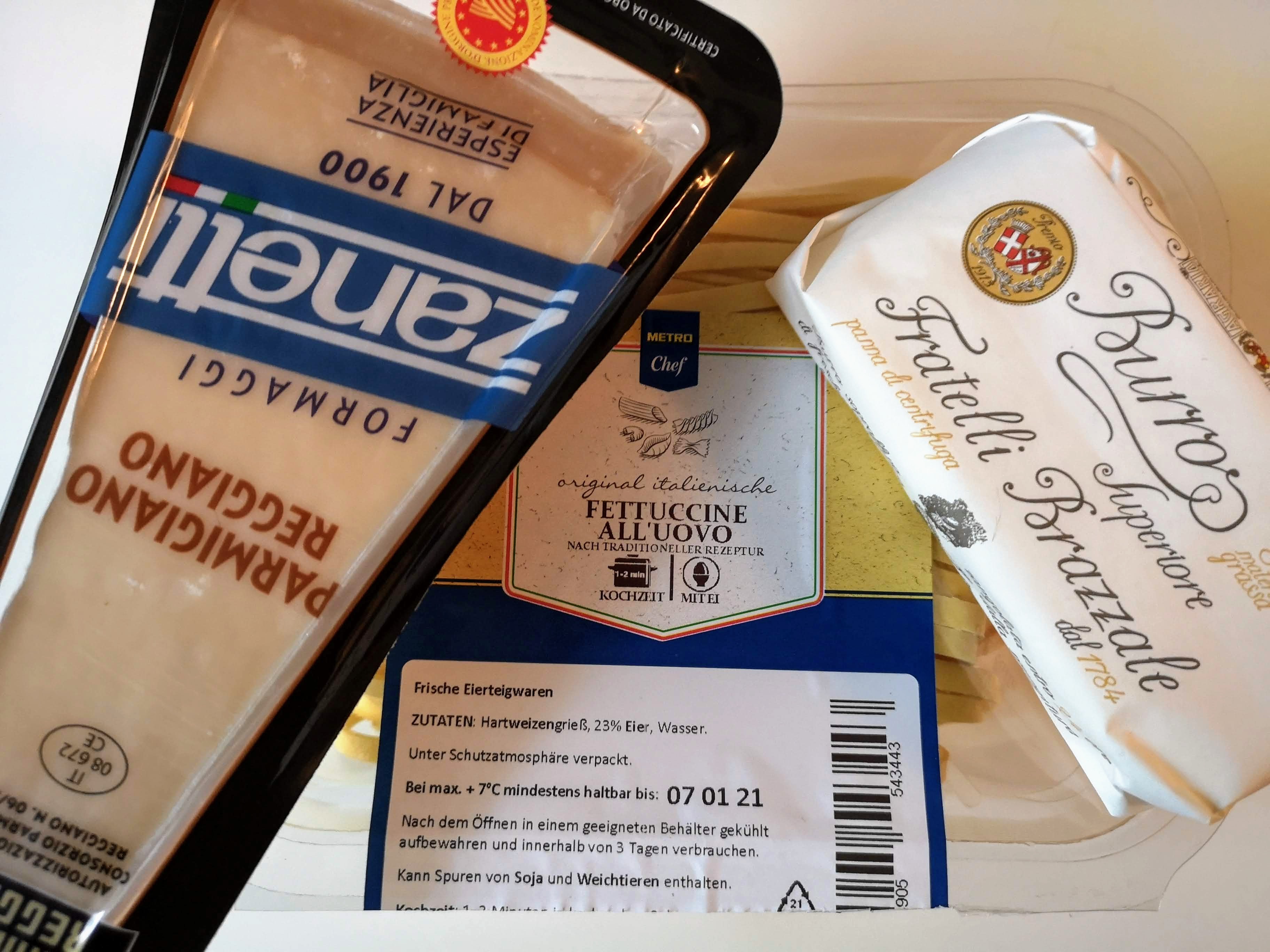
Ingredients:
- 1-lb fresh Fettuccine pasta
- 8-oz. unsalted, high-quality butter
- 8-oz. Parmigiano Reggiano
- Salt
- Pasta water
This is the first aspect that’ll make or break your Fettuccine Alfredo: Don’t skimp on ingredients. Shitty butter, cheese, or pasta will mean a shitty end result. I understand that I’m lucky enough to live next to Italy and have access to supermarkets devoted to Italian groceries. That being said, all you really need for this dish is good, fresh fettuccine, a good unsalted butter, and a brick of Parmigiano Reggiano that’s no more than 20-months-old.
A note of the cheese’s age: The older parm gets, the more crystalline and less creamy it becomes. A 12-month-old is ideal. But if you want a little more umami oompf in the dish, go with a 20-month parm.
Lastly, I didn’t make pasta myself for this recipe. One, I don’t have a machine that’ll get the sheets as thin as the stuff in Rome. Two, most folks looking for an easy dinner don’t want to make pasta from scratch. I’m going with a standard fresh fettuccine you can get in pretty much any decent grocery.
Besides, this recipe is about saucing pasta not making it.
Method:
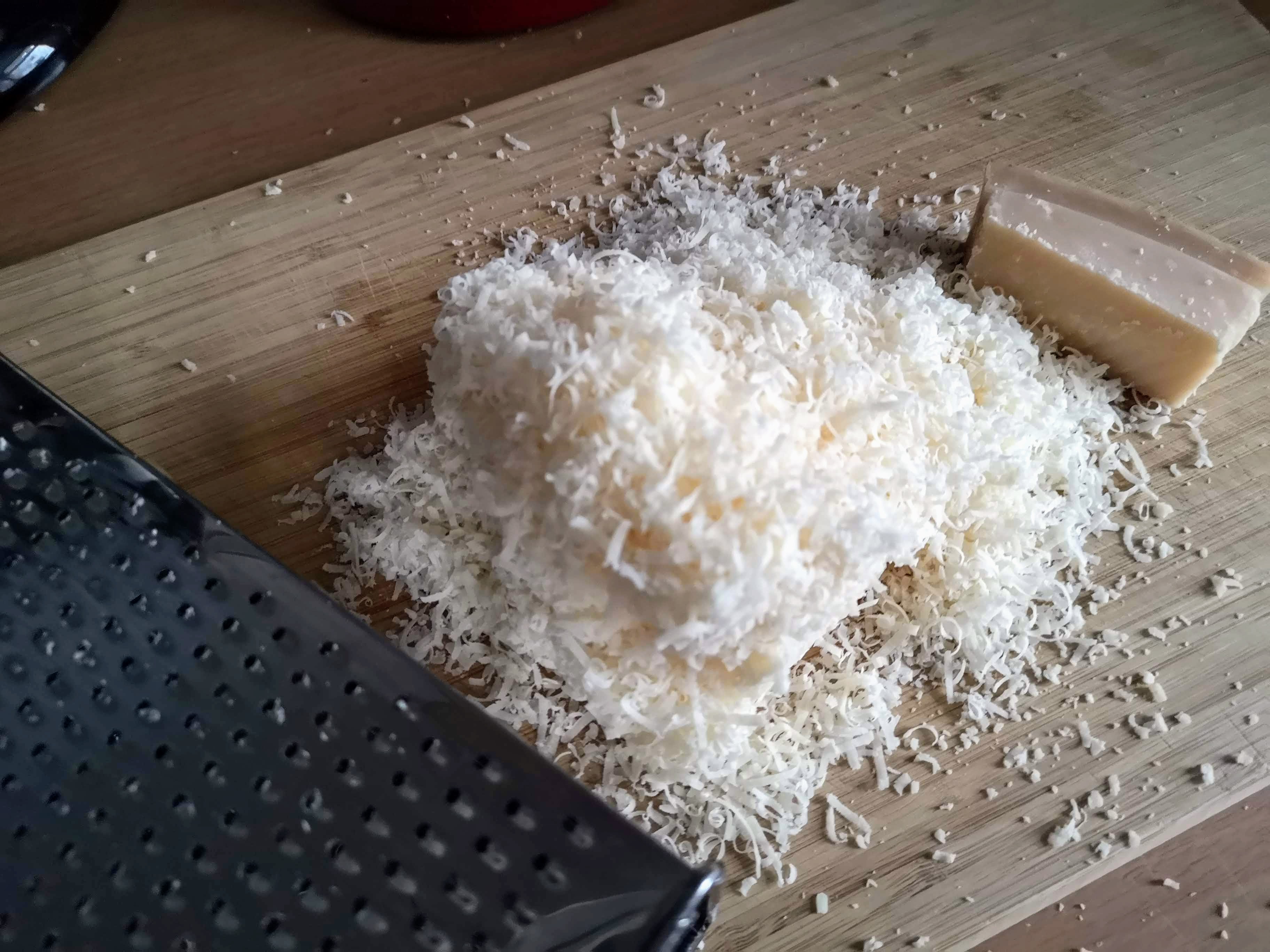
The first step is to get a big pot of water boiling for the pasta. Next, I turn on the oven to the lowest setting and place a large serving bowl in there. I also took my butter out of the fridge in the morning so that it’s already up to room temp.
The biggest step is to prepare the cheese. I use a standard cheese grater on the small tooth side. I grate 250 grams or about eight ounces. But, to get that silken sauce, you need to go one step further.
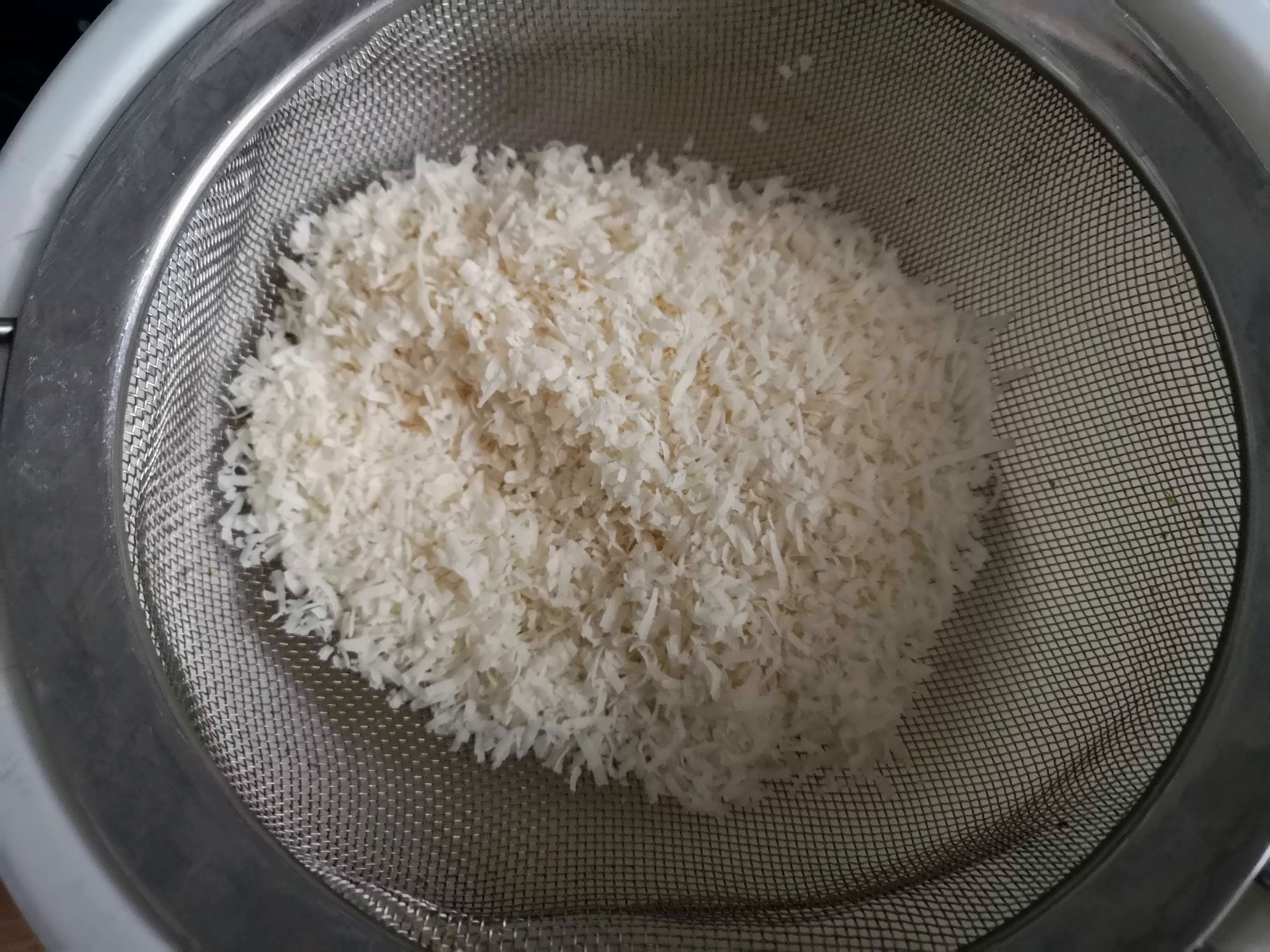
I use a sieve and bowl to basically pulverized the cheese. I achieve this by gently working the cheese through the sieve with my fingertips and moving my hand in a circular motion around the sieve while shaking it.
I know this sounds daunting. But, it really only took about two or three minutes to sieve all that cheese. This is a key step to getting the creamy texture just right.
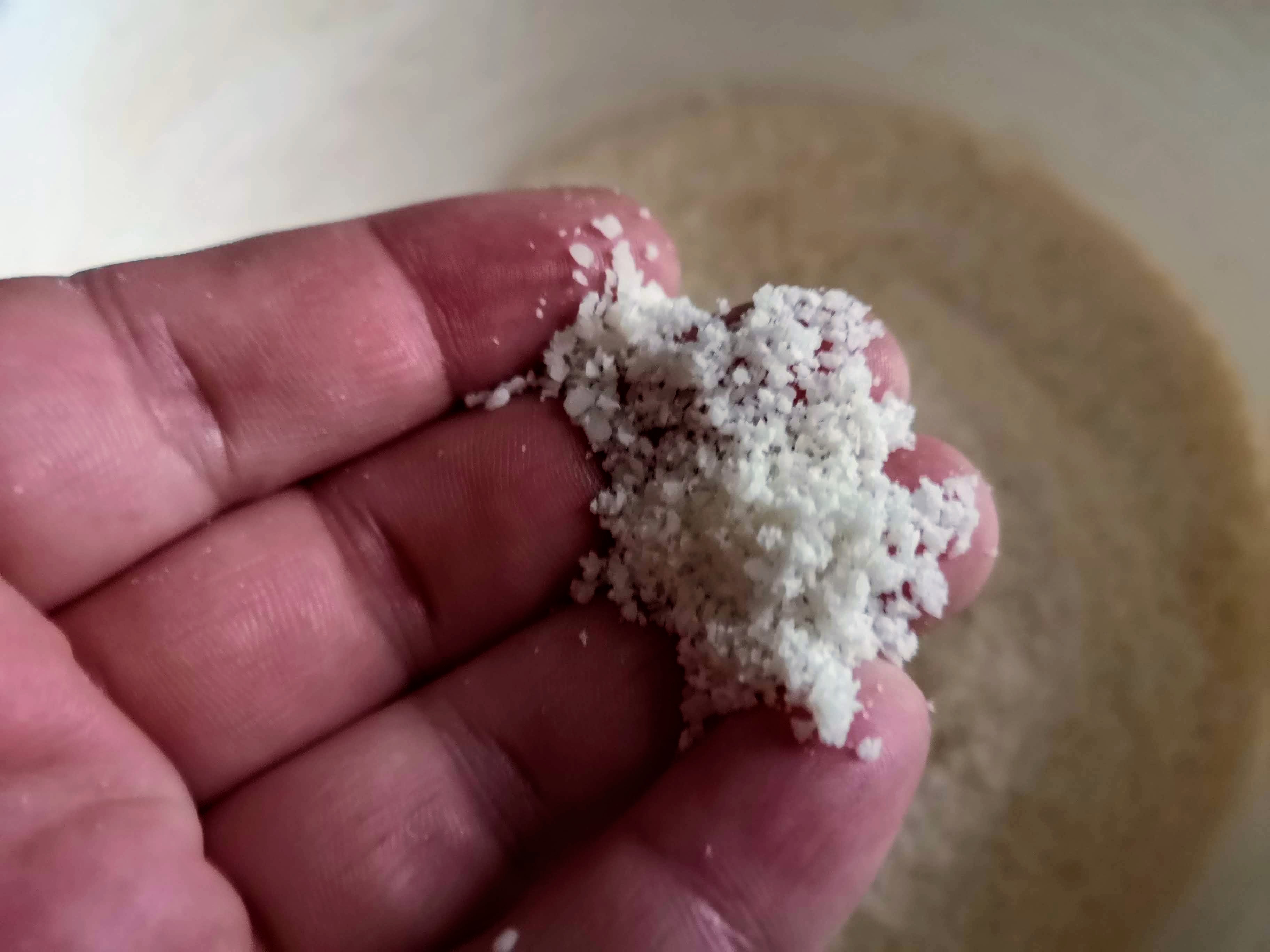
The above is what you’re left with. And, honestly, it kind of looks like the parm you get out of the big green shaker, minus the wood shavings.
STEP 2: Make Fettuccine alla Alfredo
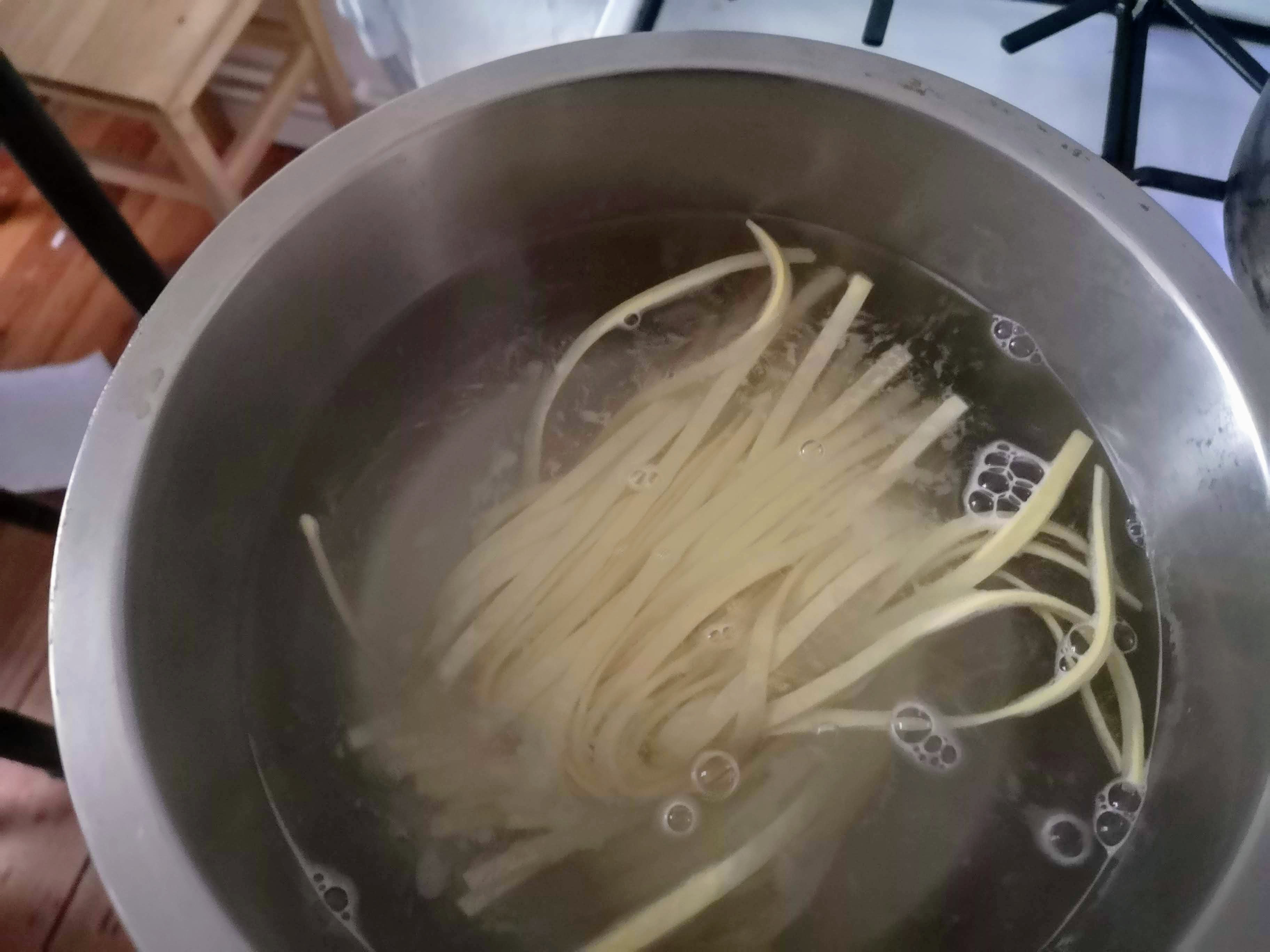
Things are going to move fast now.
Method:
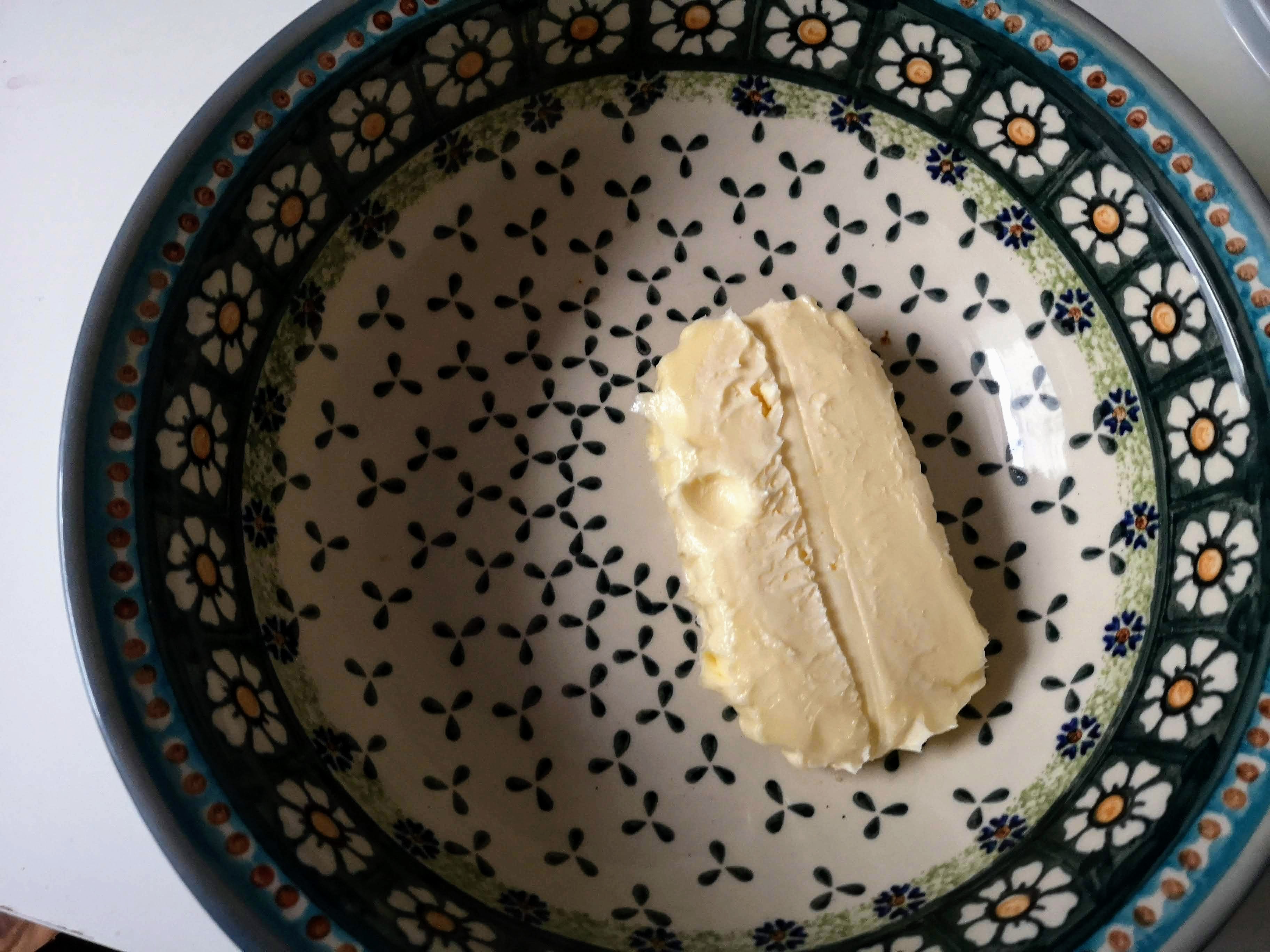
I place the pasta in the salted, boiling water and use the tongs to make sure they separate.
Next, I grab my mixing bowl from the oven and place the butter in it.
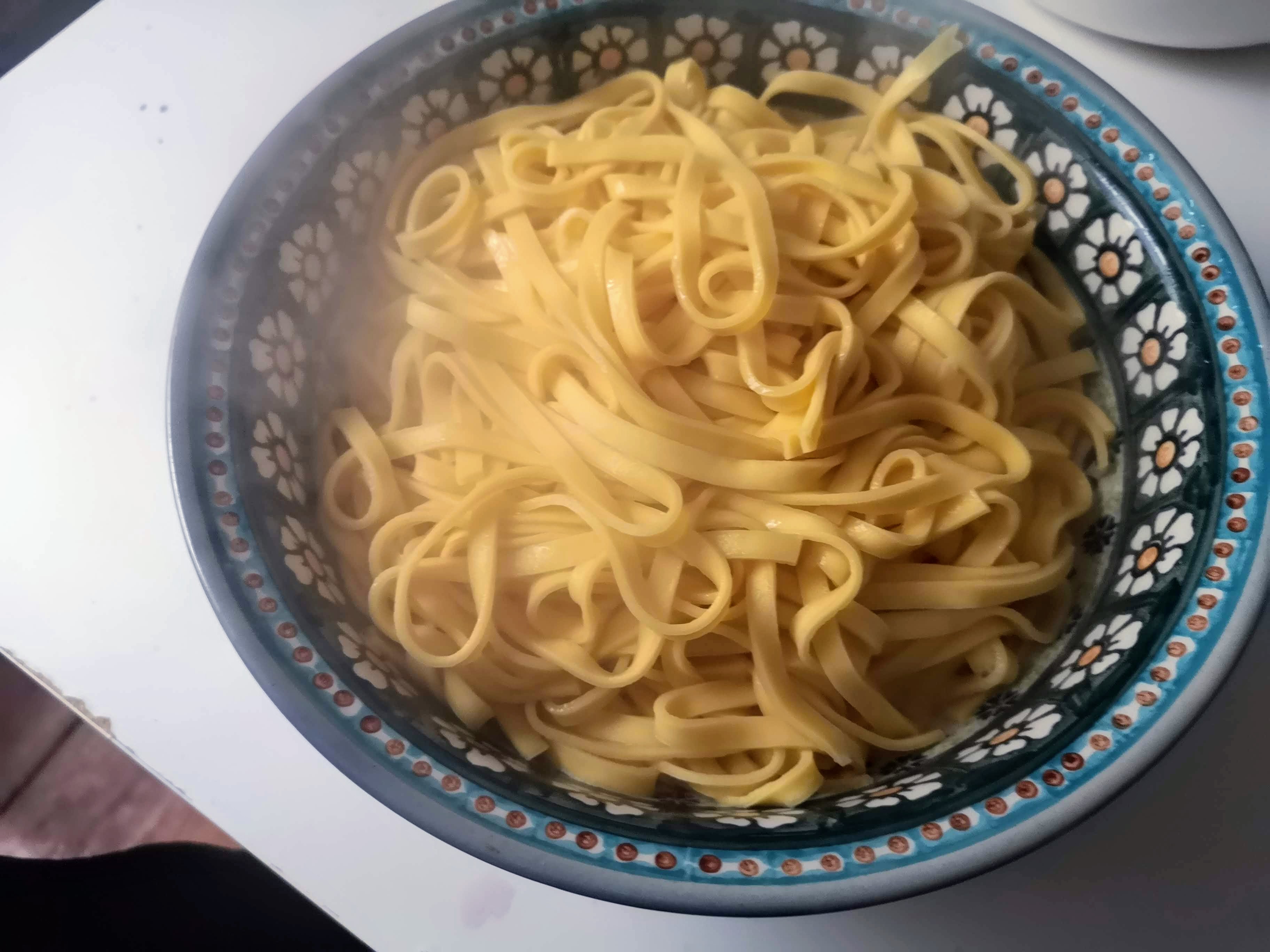
The pasta takes about one minute to cook through. I use the tongs to pull out the pasta and deposit it directly into the bowl. This should pull just enough of the pasta water with it to help emulsify the sauce as I mix. But just to be safe, I add a tiny splash more of the pasta water. If you want to be more exact, you can drain the pasta and reserve about one-quarter of a cup of water, and re-add it when you start mixing.
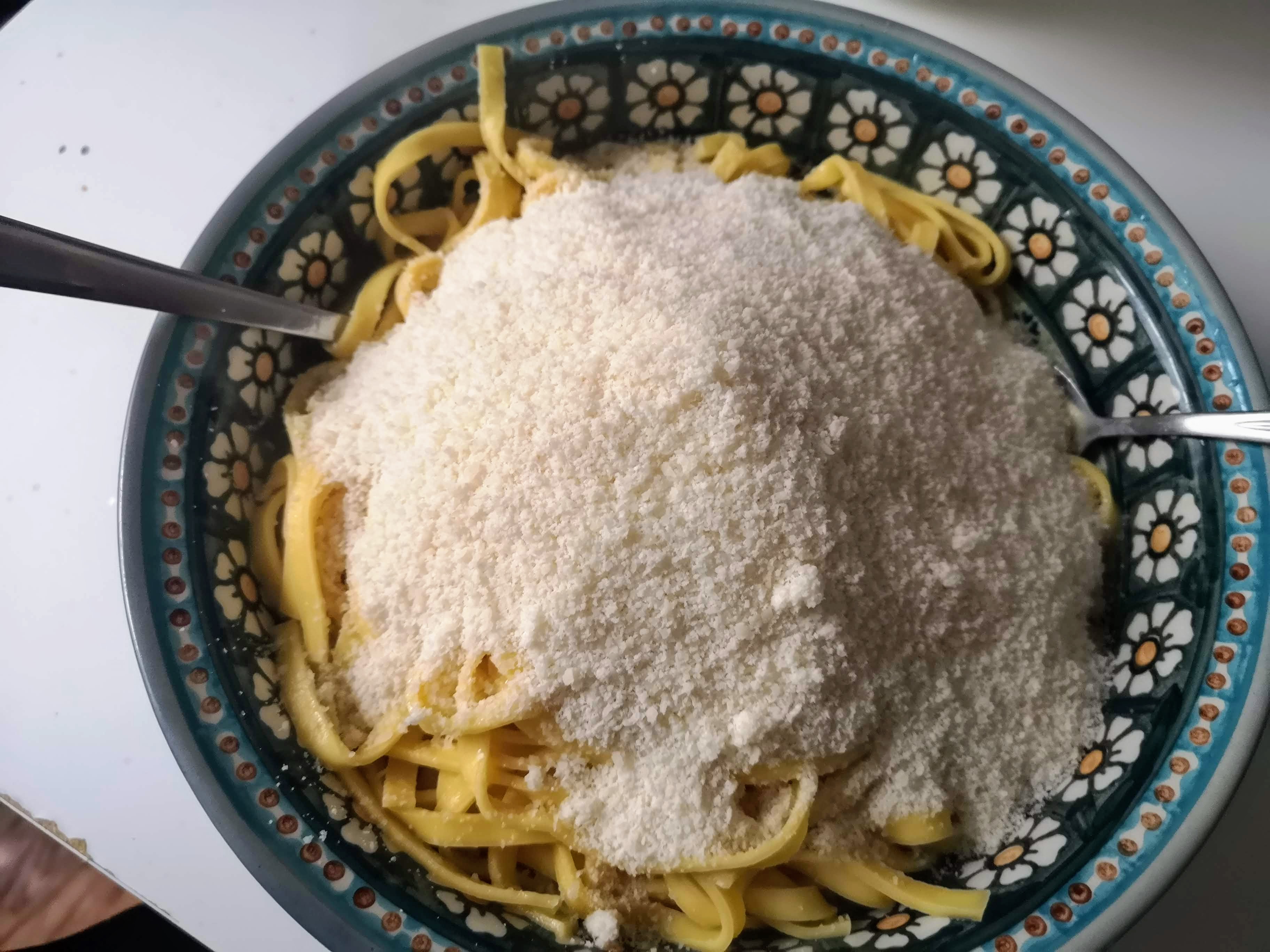
Next, I add the cheese to the pasta and use a large fork and spoon to start pulling it through the butter, pasta water, and cheese in long pulling motions.
Basically, what I’m doing is rolling the pasta around in the bowl once, and then using the fork and spoon as pinchers (with a spoon in one hand and the fork in another) to pull the pasta up and out of the mass before rolling it back in. It should start to get creamy fairly quicky. I do this for a solid minute over and over again.
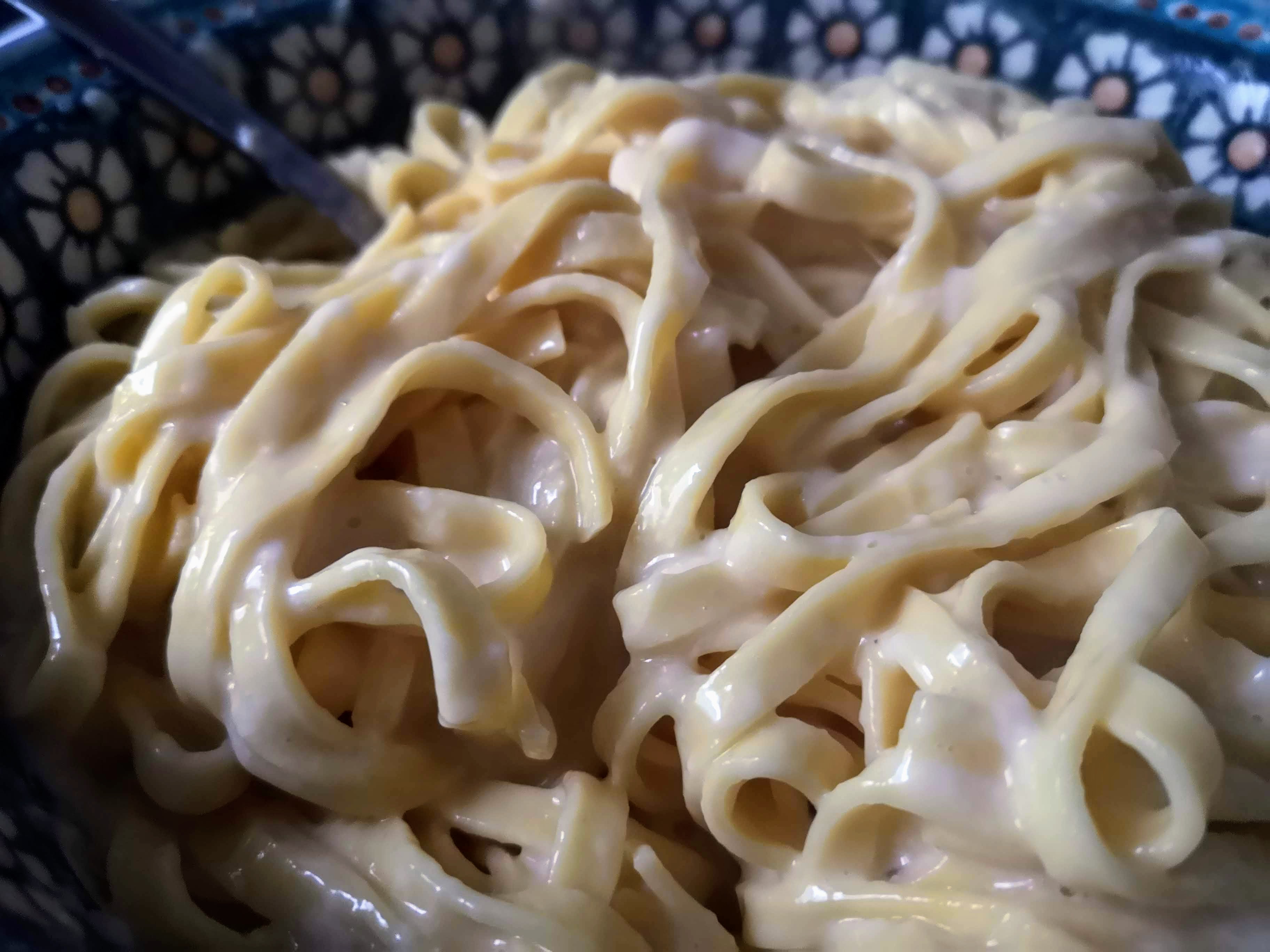
You’ll really start to see the sauce form and turn a creamy white after a solid 60 to 90 seconds. It should have a sheen and a silken texture. It’s ready.
STEP 3: Serve
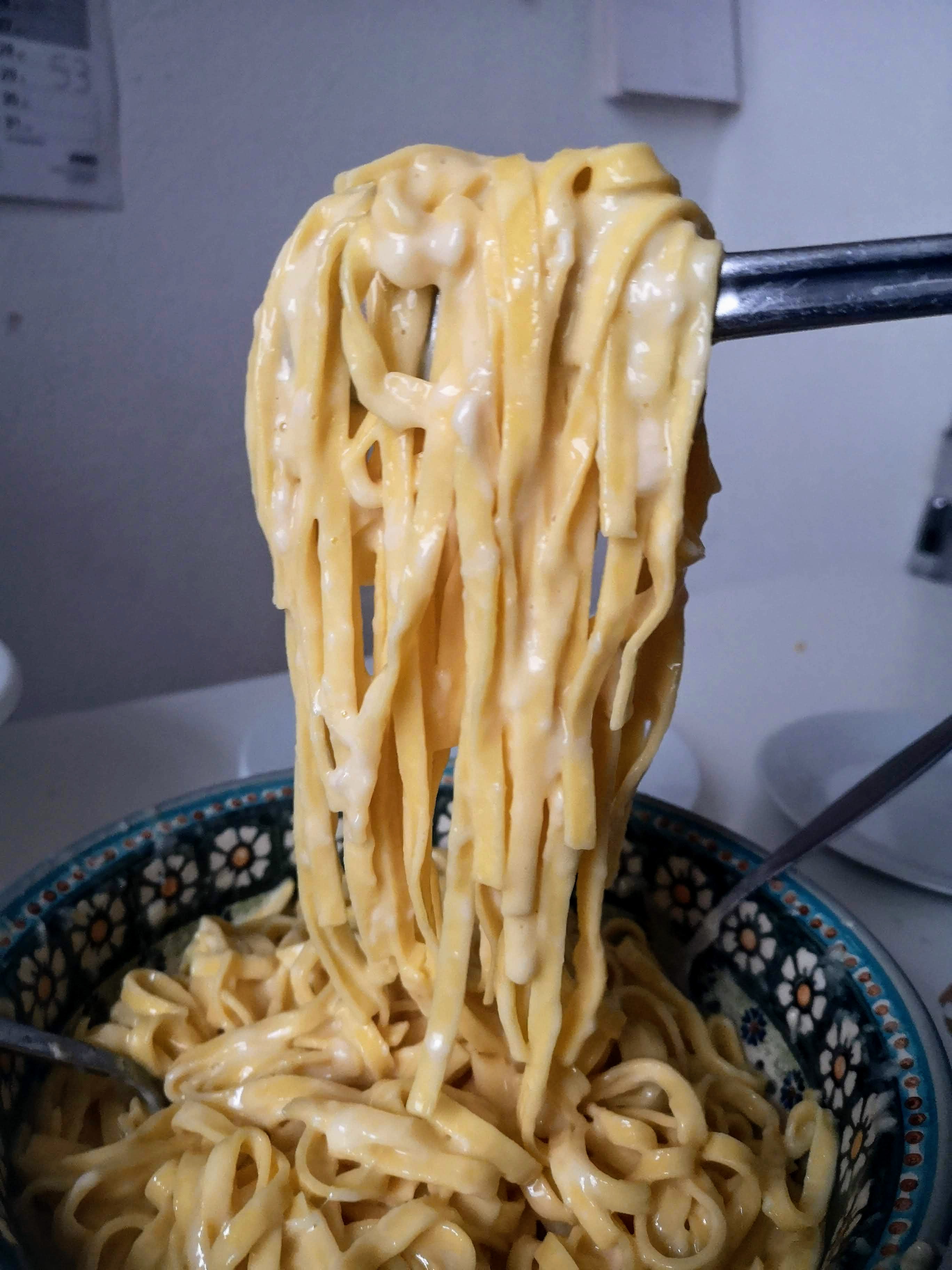
I use the tongs to grab a big ol’ scoop and fold that into a nest on the plate. You really don’t need any salt since the Parmigiano Reggiano is an umami bomb. Though, I do like a crack or two off the black pepper mill. This will serve four to six.
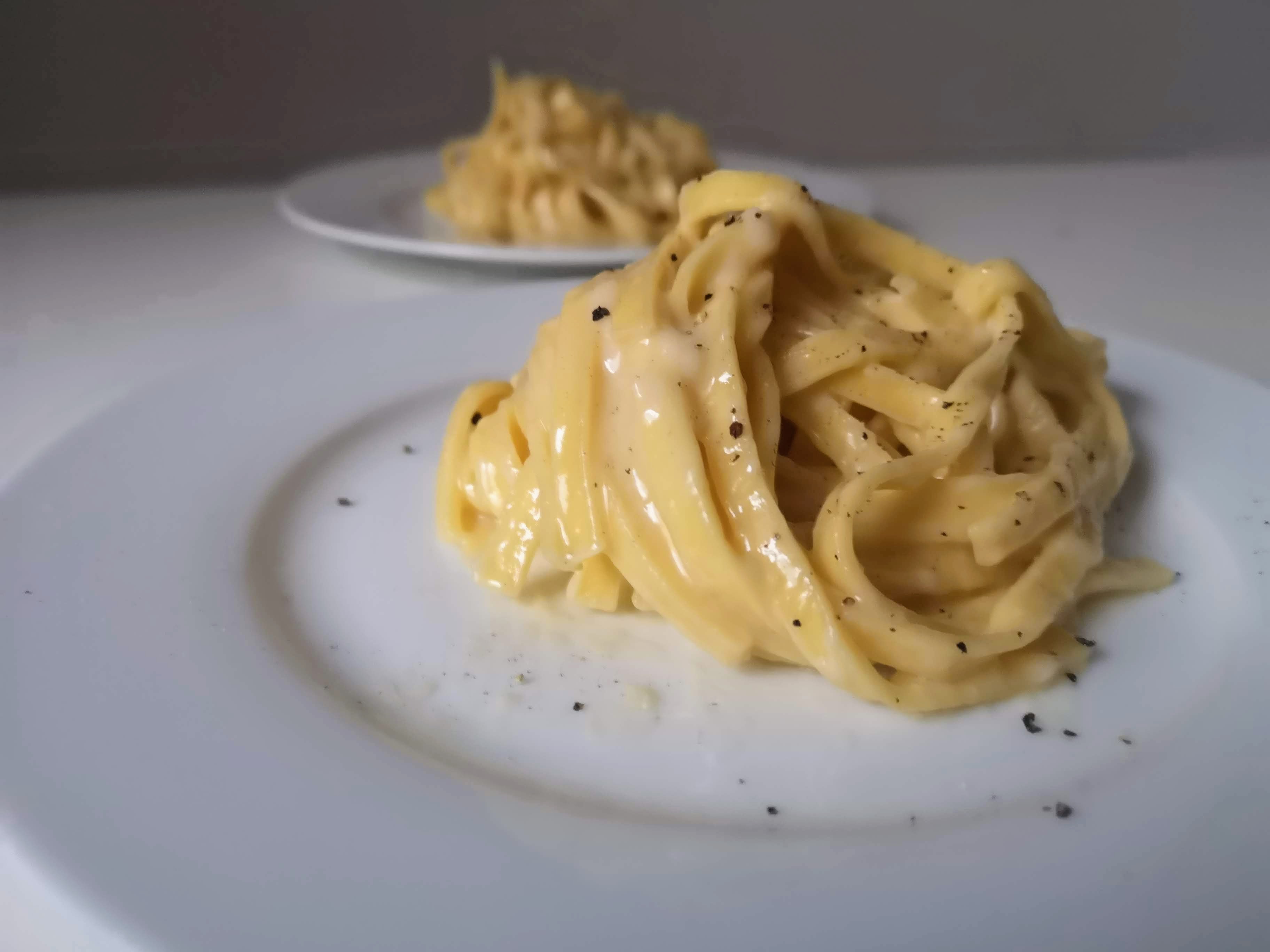
It’s time to tuck in! The pasta is just cooked and plenty toothsome. The sauce is equal parts creamy and cheesy, with a nutty and lush underbelly. I demolished this plate of pasta.
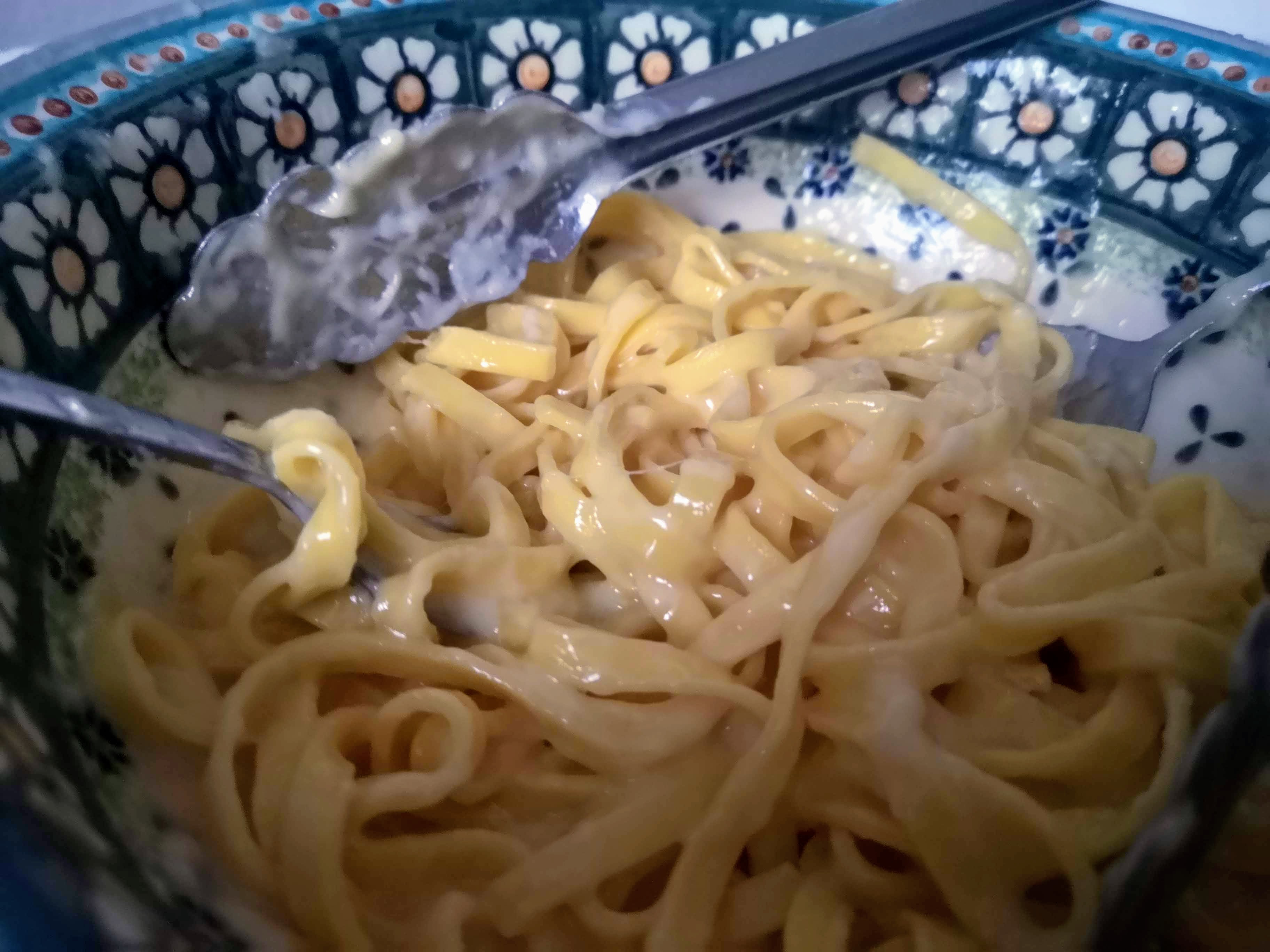
The key to this recipe really is the mix at the end. It’s kind of like making hollandaise or bearnaise for the first time. You’ll probably end up with scrambled eggs. But then you try again and again — mastering pulling and rolling the pasta in the butter, water, and cheese — until you hit that perfect balance of creamy and luscious that is Fettuccine alla Alfredo.
You’ll know you’re there when the pasta still holds that creamy and silken texture ten minutes after you make it. Check out the photo above. That’s ten minutes after serving the dish, and it’s still a silky, cheesy, creamy bowl of deliciousness.
As for adding garlic, onions, or (gasp) cream, leave that to Olive Garden. They need those base ingredients because they’re not using the best Parmigiano Reggiano. Or butter. Or pasta. Let’s face it, they’re using commodity ingredients to maximize their bottom line. That means they have to pull in flavors from cheaper additions.
If you source great butter, cheese, and pasta, you won’t need anything else. And you’ll want it this way every single time. I promise.
